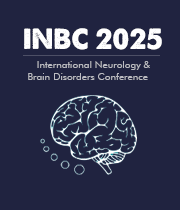Title : The effects of differing cognitive stimulation on adolescent working memory and neural activity
Abstract:
Current developments in online content have led to widespread debates on the neural effects of cognitive stimulation through short-form content such as TikTok and Instagram Reels, particularly among the adolescent age group. To better understand the dynamics behind short-form content and teenage cognitive function, this study gathered data on working memory performance before and after cognitive stimuli through an N-back working memory task. We gathered data after 15 minutes of aerobic exercise, an activity that has been previously associated with improved cognitive function, and after 15 minutes of short-form content scrolling to compare the effects between these two cognitive stimuli. We also utilized a Muse 2 electroencephalogram (EEG) headband during the N-back task to record the neural activity of the adolescents in the prefrontal cortex during these tests. It was seen that both the 15 minute aerobic exercise and short-form content scrolling activities increased working memory significantly. Interestingly, the amount of working memory increase before and after each activity was proportional by individual, showcased by the positive linear correlation between working memory increase after aerobic exercise and working memory increase after social media. The EEG data revealed no significant changes after the social media condition, but significant increases in the delta and theta EEG band levels after the aerobic exercise. Although this research did not directly measure dopamine, the patterns in working memory and neural activity demonstrated through the results display strong similarities to previous studies on dopamine. These findings encourage future research investigating the roles of specific neurochemicals such as Dopamine behind cognitive stimuli such as short-form content and aerobic exercise.



